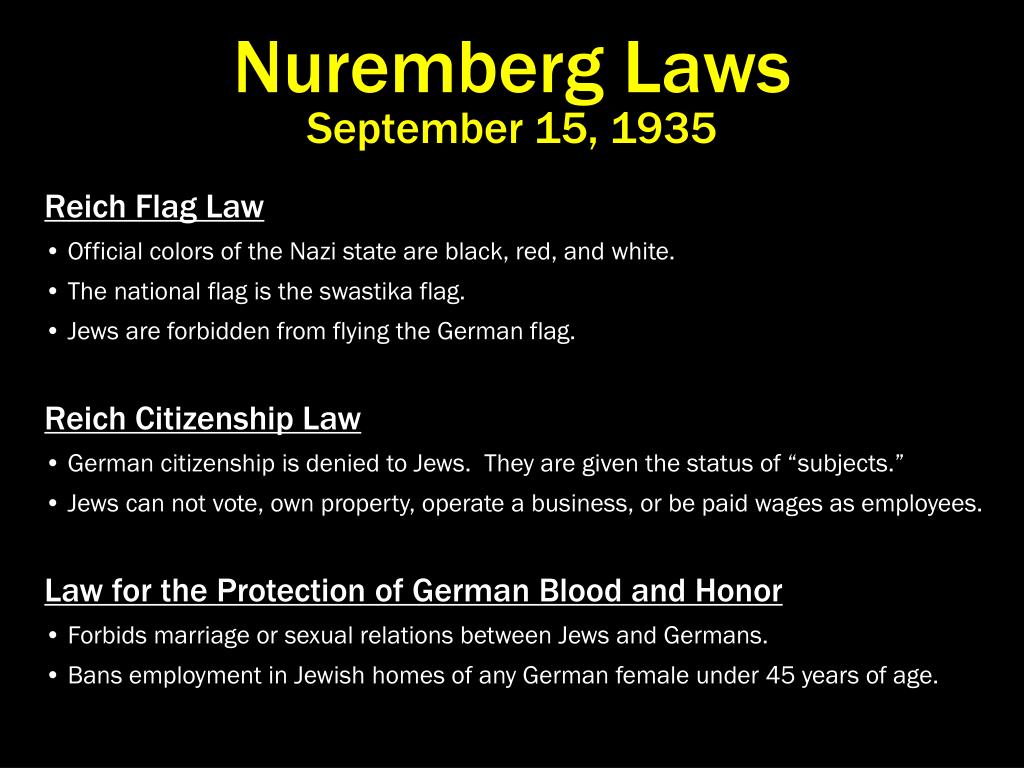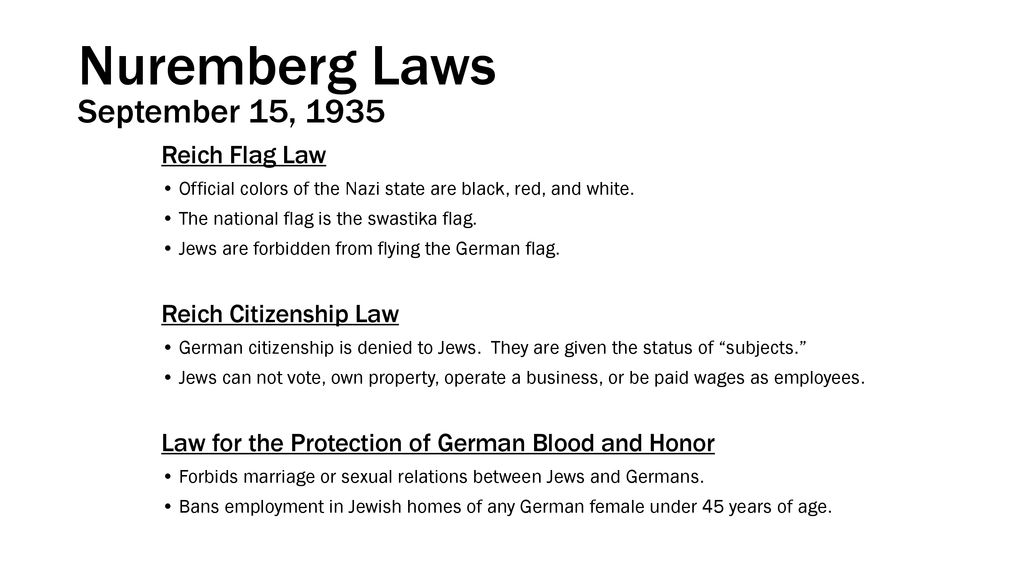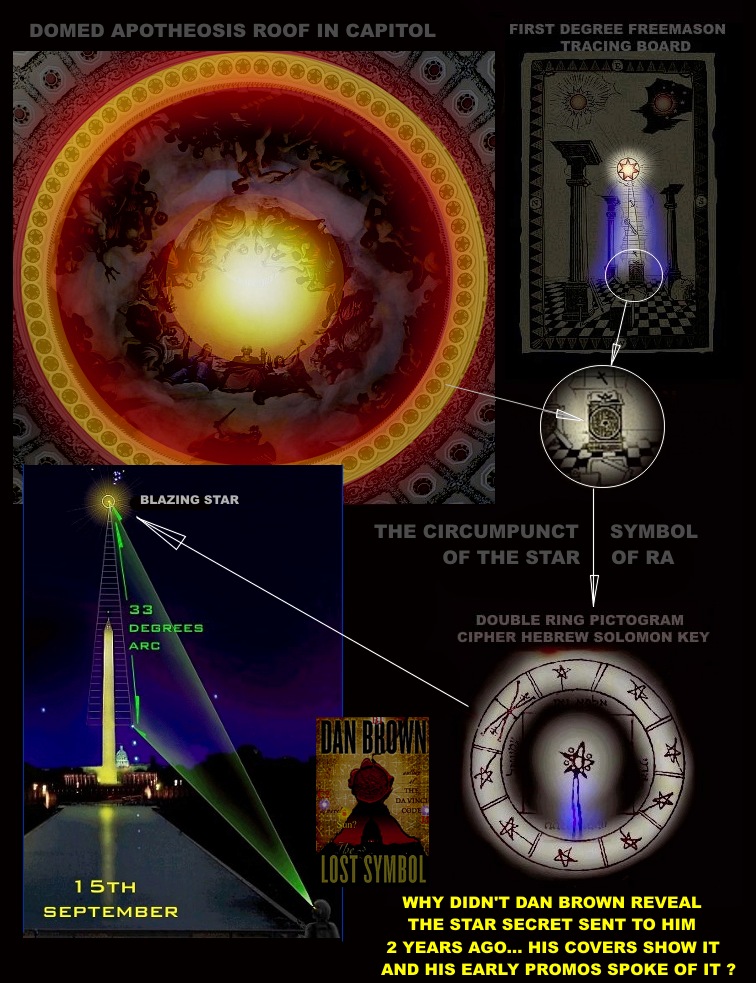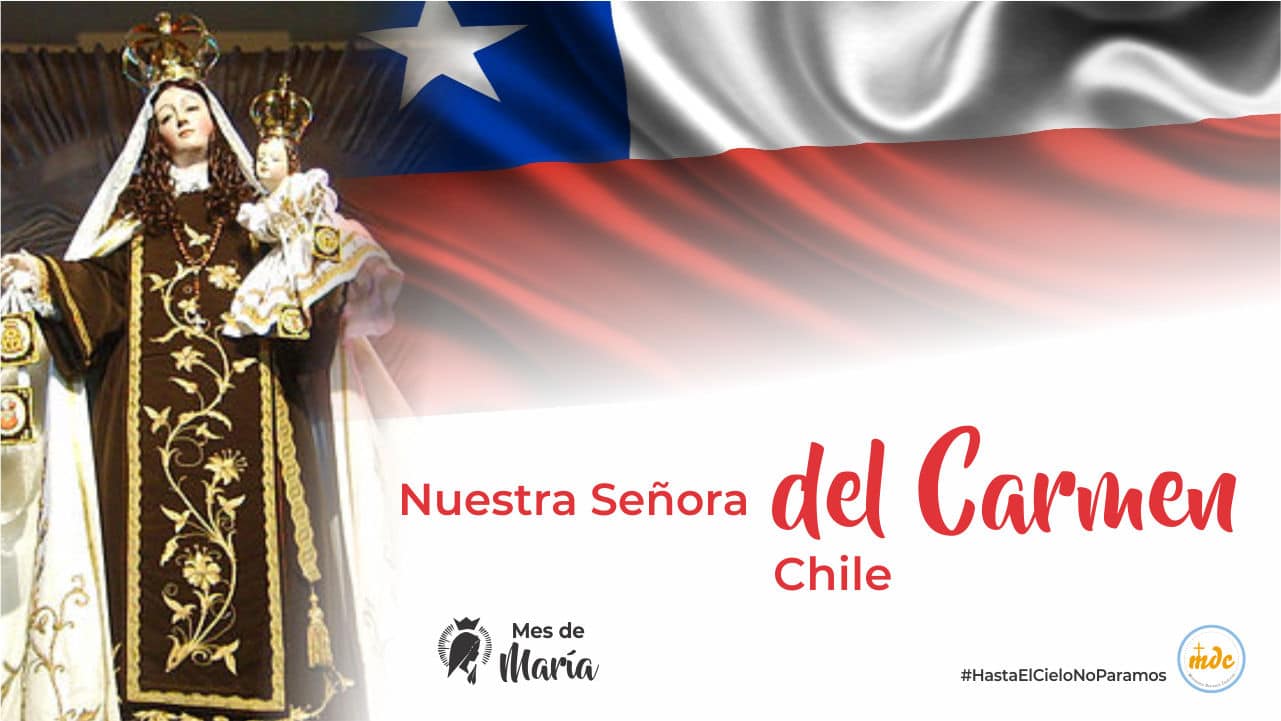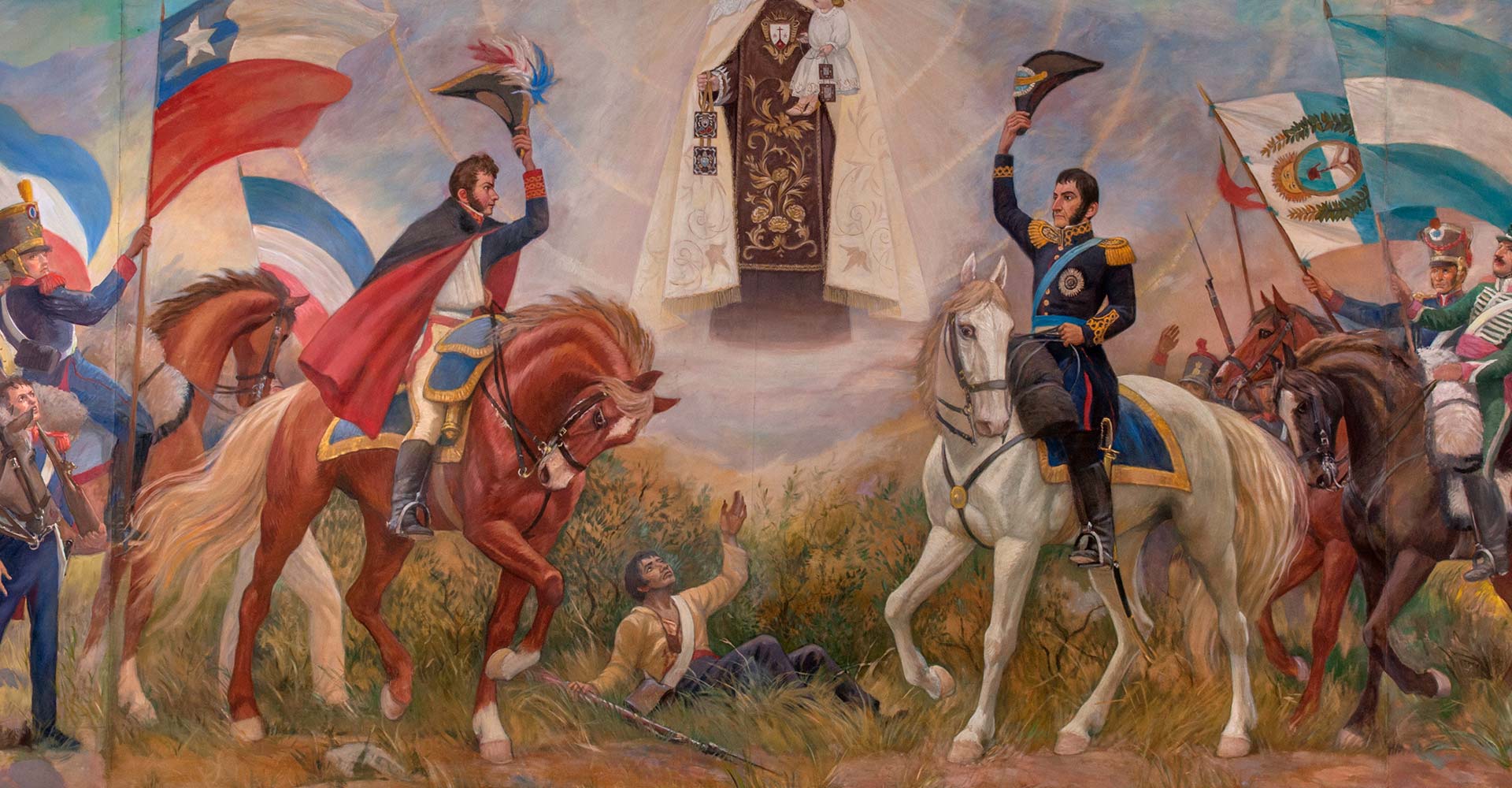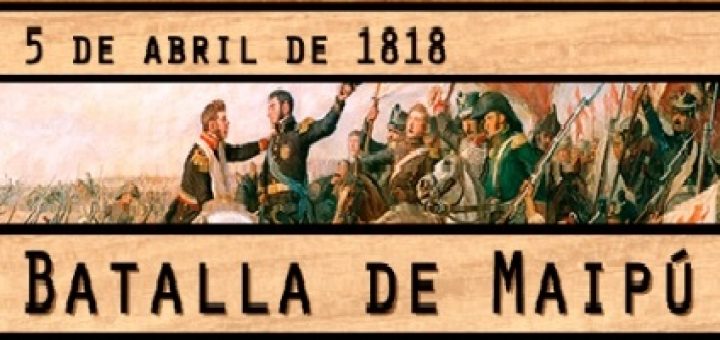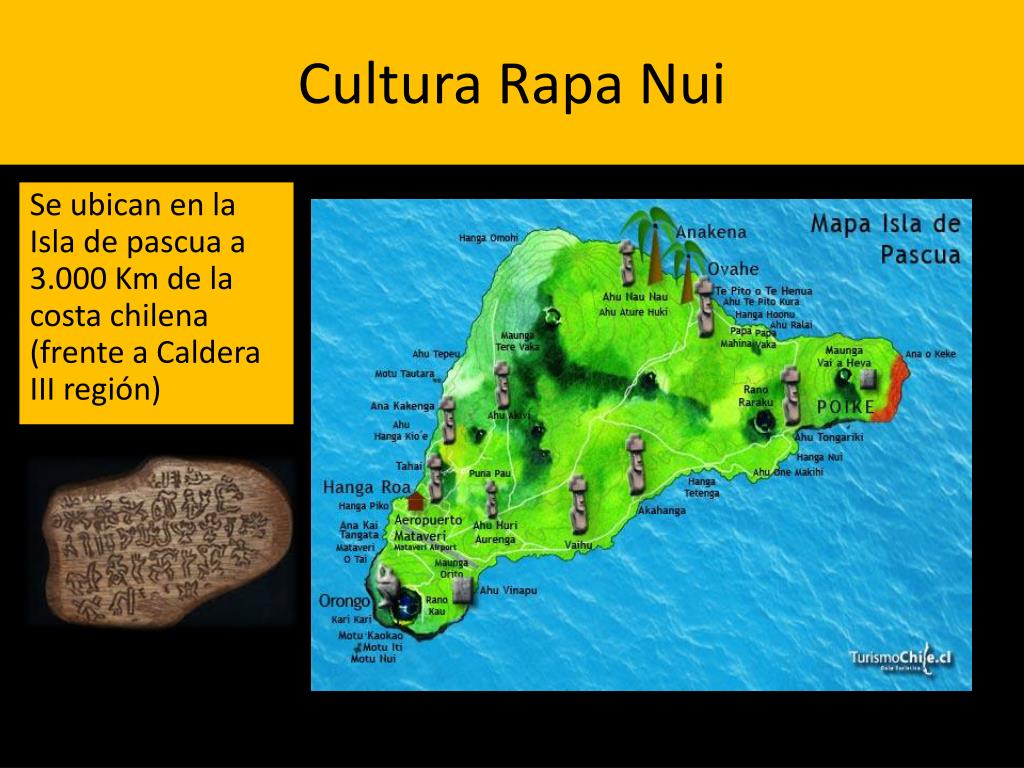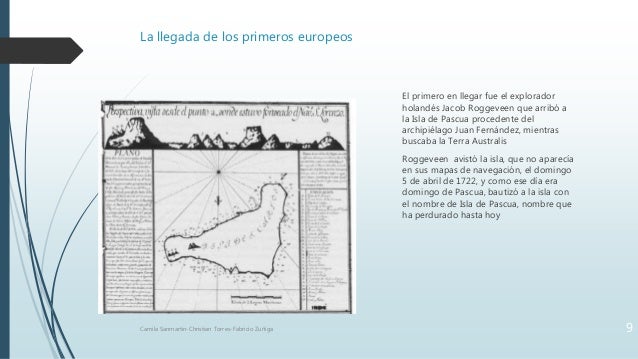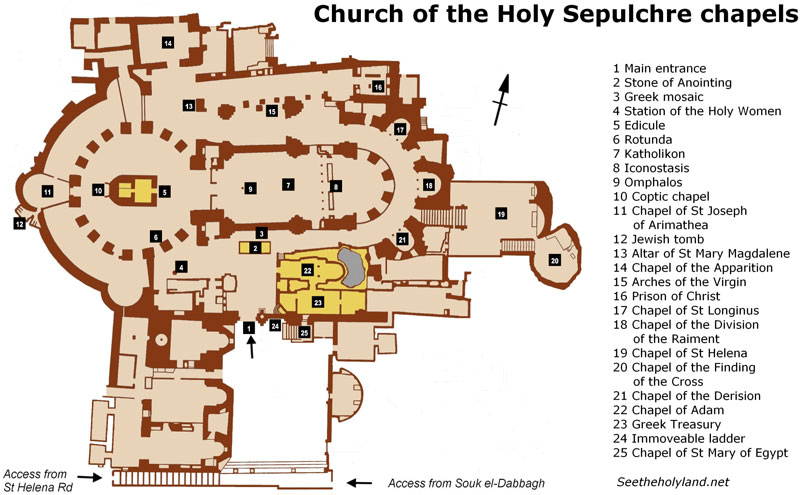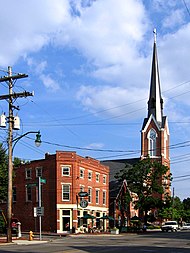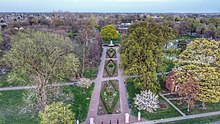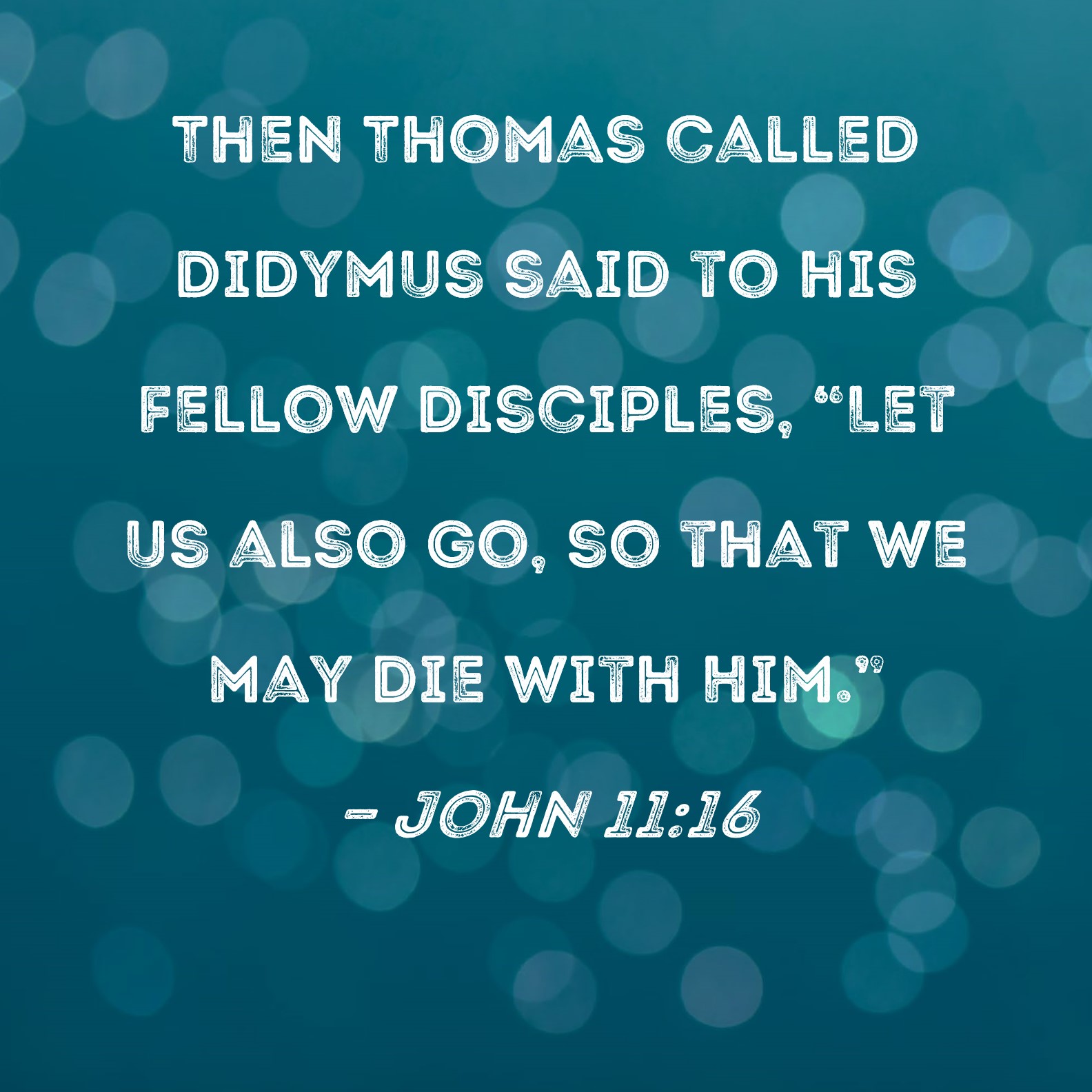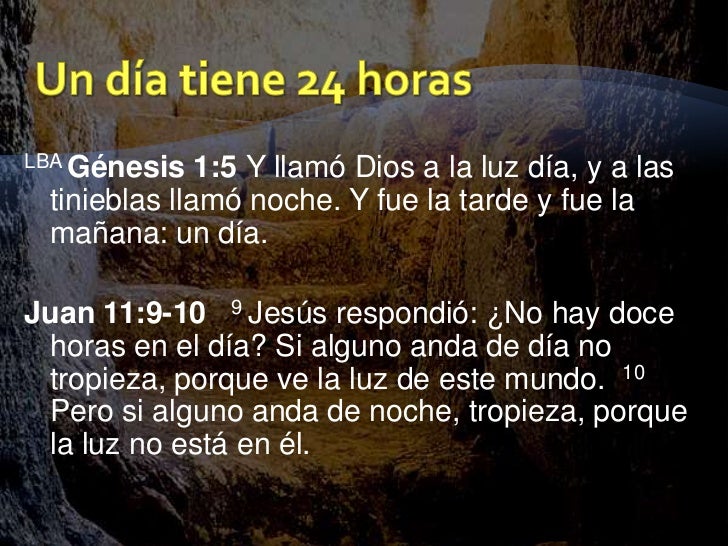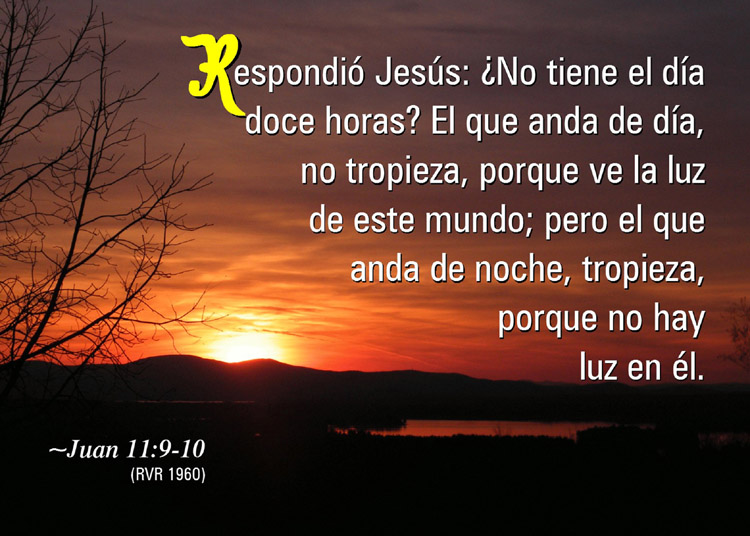|
|
General: ¿PORQUE LOS NAZIS MANEJABAN CONOCIMIENTO HOY MUY DESCONOCIDO EN LAS IGLESIAS?
Escolher outro painel de mensagens |
|
|



“IN HOC SIGNO VINCES”

“IN THIS SIGN CONQUER”

21 nov. 2017 - Subido por Mundo Desconocido
Un candidato a la casa blanca, hizo unas sorprendentes declaraciones en las que afirmaba que Estados Unidos ...
22 nov. 2017 - Subido por Libertalya
Al ver el video de JL de Mundo Desconocido quise complementarlo con un toque de verdad. Suscribete: https ...
15 nov. 2018 - Subido por Atrapados En El Tiempo
Esta es la historia de un hombre que asegura ha realizado una decena de viajes en el tiempo, en un ...
4 jul. 2016 - Subido por Ucronías Ryderback
Ryderback : Tanto las de la física tanto como la materia nos dicen que las partículas son capaces de viajar hacia ...
28 sep. 2013 - Subido por Manuel Gamez
No olvides dejar tu opinion con un me gusta, comentando, compartiendo o de la forma que quieras :D Redes ...
30 mar. 2018 - Subido por Stephanie Soihit
Helloooo Bellezas tropicales !!! Aqui les dejo un video de otra TEORIA CONSPIRATIVA que me puso bastante ...
24 abr. 2018 - Subido por DOCU-MISTERIO
Portales que conectan a otros puntos en el tiempo y espacio han aparecido en muchos libros, películas y ...
21 nov. 2017 - Subido por Mundo Desconocido
Un candidato a la casa blanca, hizo unas sorprendentes declaraciones en las que afirmaba que Estados Unidos ...
13 nov. 2015 - Subido por JORGE LIMAS
Viajero del Tiempo; Andrew Basiago y el Proyecto Pegasus Parte 1 .... lo indios e hindigenas miden o median ...
 
|
|
|
|
|
| Hebreos 12:16: |
no sea que haya algún fornicario, o profano, como Esaú, que por una sola comida vendió su primogenitura. |


|
|
|
|
|
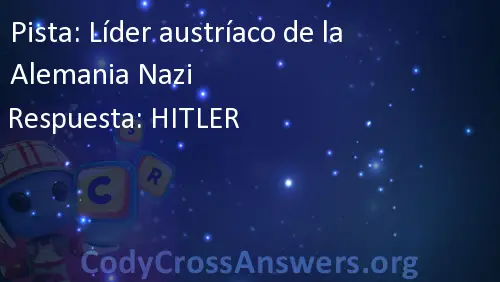
https://www.kienyke.com/historias/enigmatico-viajar-en-el-tiempo-cuantico
8 ene. 2018 - ... Kurt Gödel un brillante matemático amigo de Einstein, sugirió que para ir al pasado era necesario desdoblar el tiempo a través de un atajo y llegar a cualquier parte antes que la luz. Basados en esta hipótesis, algunos físicos cuánticos de la actualidad descubrieron que los agujeros de gusanos pueden ...
https://matap.dmae.upm.es/cienciaficcion/narraciones/.../agujerosdegusano.htm
Entre éstas se destacan el cilindro de longitud infinita y compuesto de polvo en rotación rápida de Van Stockum, y el universo en rotación propuesto por Kurt Gödel. La matemática de estas soluciones muestra que ambas contienen trayectorias en el espacio-tiempo que permiten viajar hacia el pasado y retornar al ...
www.aecomunicacioncientifica.org/que-dice-la-fisica-sobre-los-viajes-en-el-tiempo/
5 may. 2016 - El viaje se realizaría a través de un wormhole (literalmente, un agujero de gusano), un túnel a través del espacio-tiempo. ... Para terminar, citaré que el famoso matemático Kurt Gödelpropuso en 1949 un modelo cosmológico compatible con la relatividad general, en el que los viajes en el tiempo serían ...
https://books.google.com.ar/books?isbn=6073137427
Kurt Gödel 1 y Kip Thorne2 han demostrado que los agujeros de gusano podrían engendrar unos nudos temporales, unos pasajes del presente hacia el pasado. Así se vuelven verdaderas máquinas para pasear por el tiempo pasado. Si la entrada del agujero de gusano (el agujero negro) es inmóvil en relación con ...
www.lehman.edu/faculty/anchordoqui/tuneles2.htm
Entre estas se destacan el cilindro de longitud infinita y compuesto de polvo en rotación rápida de Van Stockum, y el universo en rotación propuesto por Kurt Gödel. ... Supongamos (figura 3) que existe unagujero de gusano atravesable cuyas bocas, separadas por una distancia mucho mayor que el radio de su garganta, ...
blogs.publico.es/kaostica/2014/11/06/interstellar/
6 nov. 2014 - Antes de adentrarnos en los agujeros de gusano, es preciso entender qué son los agujeros negros y, sobre todo, los menos conocidos agujeros blancos. ... En 1949, Kurt Gödel, buen amigo de Albert Einstein, planteó un modelo cosmológico para un universo en rotación consistente con la Relatividad ...
https://books.google.com.ar/books?isbn=8483230755
Yervant Terzian (ed.), Elizabeth Bilson (ed.) - 1999 - Science
En el lado del agujero de gusano que ocupa Carolee es domingo (aunque solo haya envejecido una hora hasta llegar a este punto). ... gran matemático Kurt Gódel (1949), el universo aparece girando a alta velocidad y dotado de una constante cosmológica, con lo que se convierte en una máquina gigantesca del tiempo.
historiadeltiempo-edgardo.blogspot.com/.../capitulo-10-agujeros-de-gusano-y-viajes.h...
5 may. 2011 - viajes en el tiempo se produjo en 1949 cuando Kurt Gödel descubrió un nuevo. espacio-tiempo permitido por la teoría de la relatividad. Gödel fue un matemático. que se hizo famoso al demostrar que es imposible probar todas las afirmaciones. verdaderas, incluso si nos limitáramos a tratar de probar las ...
 
|
|
|
|
|

El navegante holandés Jacob Roggeveen avistó la isla el 5 de abril de 1722, Domingo de Pascua. No fue el primero, pero su descubrimiento despertó un gran interés entre publicistas, por lo que fue Roggeveen quien dio el nombre a la isla. Al igual que todos los habitantes de la isla, Pakarati también habla español.
Las elecciones federales de Alemania de 1933 tuvieron lugar el 5 de marzo del mencionado año, con el propósito de elegir a los miembros del VIII Reichstag, para el período 1933-1937. Fueron las novenas y últimas elecciones de la República de Weimar, y las primeras desde la llegada al poder del Partido Nacionalsocialista Obrero Alemán o Partido Nazi (NSDAP) con Adolf Hitler. Serían también las últimas elecciones en las que se utilizó el sistema de representación proporcional por listas, y los últimos comicios competitivos que se realizarían en una Alemania unida hasta las elecciones de 1990. Las elecciones fueron adelantadas con el objetivo de dotar al gobierno de Hitler de una mayoría parlamentaria viable para poder gobernar en solitario y poner fin al período de estancamiento parlamentario iniciado en septiembre de 1930, que había llevado a un estado caótico, en el que el presidente Paul von Hindenburg designaba y destituía cancilleres por decreto, perdiendo el Reichstag cada vez más poder.
La atmósfera de incertidumbre que siguió al incendio del Reichstag aseguró muchos votantes para el partido nazi.
Las SA también llevaron a cabo una violenta campaña de terror contra todos y cada uno de los opositores al régimen nazi. Muchos estaban aterrorizados de votar en absoluto, y muchos optaron por votar por el Partido Nazi por temor a su propia seguridad. Las elecciones no fueron ni libres ni justas.
El 5 de marzo de 1933 se llevaron a cabo las elecciones, con una altísima participación del 89%.
Los nazis obtuvieron el 43,9% de los votos, una mejora de casi el 10% con respecto a las elecciones de noviembre anterior. A pesar de esta mejora, los nazis aún no contaban con una mayoría en el Reichstag.
Elecciones federales alemanas de marzo de 1933
| Registrado |
44.685.764  0,7% 0,7% |
| Apagar |
39.655.029 (88,7%)  8,1 pp 8,1 pp |
| |
 |
 
 |
 |
| Líder |
adolf hitler |
Otto Wels
Arthur Crispien
Hans Vogel |
Ernst Thaelmann |
| Fiesta |
NSDAP |
SPD |
KPD |
| Líder desde |
29 de julio de 1921 |
1919 |
octubre de 1925 |
| ultimas elecciones |
33,1%, 196 escaños |
20,4%, 121 escaños |
16,9%, 100 escaños |
| Asientos ganados |
288 |
120 |
81 |
| cambio de asiento |
 92 92 |
 1 1 |
 19 19 |
| Voto popular |
17,277,180 |
7,181,629 |
4,848,058 |
| Porcentaje |
43,9% |
18,3% |
12,3% |
| Columpio |
 10.8pp 10.8pp |
 2.1pp 2.1pp |
 4.6pp 4.6pp |
|
| |
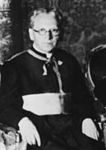 |
 |
 |
| Líder |
Luis Kaas |
alfred hugenberg |
Heinrich Held |
| Fiesta |
Centrar |
DNVP |
BVP |
| Líder desde |
septiembre de 1928 |
1928 |
27 de junio de 1924 |
| ultimas elecciones |
11,9%, 70 escaños |
8,3%, 51 escaños |
3,1%, 20 escaños |
| Asientos ganados |
73 |
52 |
19 |
| cambio de asiento |
 3 3 |
 1 1 |
 1 1 |
| Voto popular |
4,424,905 |
3.136.760 |
1,073,552 |
| Porcentaje |
11,3% |
8,0% |
2,7% |
| Columpio |
 0.6pp 0.6pp |
 0.3pp 0.3pp |
 0.4pp 0.4pp |
|
|
|
|
|
|
|
|
German Village
From Wikipedia, the free encyclopedia
German Village is a historic neighborhood in Columbus, Ohio, just south of the city's downtown. It was settled in the early-to-mid-19th century by a large number of German immigrants, who at one time comprised as much as a third of the city's entire population. It became a city historic district in 1960[2] and was added to the National Register of Historic Places in 1974, becoming the list's largest privately funded preservation district,[3] and in 2007, was made a Preserve America Community by the federal government. In 1980, its boundaries increased, and today it is one of the world's premier historic restorations.
History[edit]
In 1796, Congress appropriated the Refugee Lands for Canadian province individuals who had supported the Colonial cause in the American Revolution. By 1802, an American Revolution veteran named John McGowan claimed 328 acres (1.33 km2), most of what would become the German Village. As German immigrants arrived, McGowan sold tracts of land to them. By 1814, a settlement had grown up, originally called "Das Alte Südende" (the Old South End), and German immigrants contributed to building the first statehouse.
Immigration[edit]

Stewart Elementary School, built in 1874
By 1830, massive German immigration to the city had occurred. The most influential German newspaper in 1843 was Der Westbote. Many would serve in the American Civil War, thus gaining the universal respect of the local citizens. By 1865, one-third of Columbus's population was German and the community was flourishing. They built up the local neighborhood, including many businesses, such as Hessenauer Jewelers and Lazarus Department Stores, schools, and churches, such as the Ohio-historic St. Mary's Catholic Church, built in 1865 and adorned with a 197-foot (60 m) steeple in 1893.[4] German-American George J. Karb became mayor of the city, twice, at the end of the 19th century and again in the early 20th century.[5]
During the early 20th century, the south end saw newcomers from eastern Europe aside from German immigrants, resulting in brother neighborhoods such as the Hungarian Village.[6]
The local schools the German immigrants constructed and managed were so superior that English-speaking residents of Columbus chose to attend them, such as one that once stood at Fulton Street east of S. Fourth Street.[5][7]
World War I[edit]
The area was in serious decline throughout the first half of the 20th century, partly due to anti-German sentiment during World War I. During that time, the teaching of German in public schools was banned and German textbooks were burned. German street names were changed, such as Germania Street becoming the present-day Stewart Avenue,[8] and Schiller Park was temporarily renamed Washington Park. The anti-German sentiment fueled by the media was so bad that in 1918, German books were burned on Broad Street and at the foot of the Schiller statue. German canine breeds were taken from their owners and slaughtered, including German Shepherds and Dachshunds. Despite the hatred, the Columbus German American community would produce one of America's finest heroes from the war, Captain Eddie Rickenbacker, for whom Rickenbacker International Airport in southern Columbus is named.
Declared slum[edit]
Further decline occurred later due to the closing of the local breweries during Prohibition. After the war, the south end was zoned for manufacturing, leading to the erosion of the area's residential feel. In World War II, the streetcar tracks and wrought-iron fences were confiscated for the war effort. By the 1950s, the area had become a slum and the city decided to demolish one-third of the neighborhood.[9][10]
Renewal[edit]
Frank Fetch[edit]
With the Village nearing complete destruction, Frank Fetch defied the common wisdom and purchased a house on S. Wall Street, determined to rebuild the neighborhood. Fetch would create the German Village Society. In June 1960, the society hosted the first Haus und Garten Tour, which attracted visitors and the local media to eight restored homes and two gardens. Today, the tour is one of the city's most popular events.[11] Frank Fetch Park was named after him.
Historic preservation[edit]
Concerned citizens managed to save its historic architecture from demolition in the 1960s by lobbying for a local commission, the German Village Commission, to have power over external changes made to buildings and by getting the area listed on the National Register of Historic Places in 1975.[11] As of 2009, the German Village Society has over 1,000 preservationists who maintain the historic quality of the buildings and neighborhood, and German Village is considered one of the most desirable areas to live in the city.[12] More than 1,600 buildings have been restored since 1960 and it is credited as one of the world's premiere restoration districts.[13] By the 1980s, the restoration was nearly complete. Today, it is the largest privately funded historic district on the National Register of Historic Places.[3]
The area is mostly a residential neighborhood of sturdy, red-brick homes with wrought iron fences along tree-lined, brick-paved streets.
The German Village Guest House has been recognized as one of the best in the Midwest by the New York Post, The Plain Dealer, and the St. Louis Post Dispatch,[14] and positively reviewed by The Washington Post and The Tennessean.[14] It was rated as the "Best Columbus Hotel 2010" by City Search.[15]
In 2007, German Village was recognized by the White House as a Preserve America Community.[16]
Oktoberfest[edit]
German tradition has long reigned in the community in the form of an annual Oktoberfest festival. It originally took place in Schiller Park and has been held at various locations within the German Village neighborhood. Due to new development in the area, it now takes place at the Ohio State Fairgrounds / Ohio Expo Center. The festival was voted to be canceled in 2009, but the Schmidt (owners and operators of Schmidt's Sausage Haus) and Cox families stepped in to keep it running.[17] A smaller Oktoberfest still goes on in the German Village itself, at the Germania Gesang und Sport Verein (Singing and Sports Club) at 543 South Front Street in the old Schlee Brewmaster's House and outdoor garden.[18]
Although German Village is an eclectic community, the area is known as a residential gay village. While there are no gay establishments within German Village, the neighboring Brewery District and Merion Village have several.
Geography[edit]
Boundaries[edit]
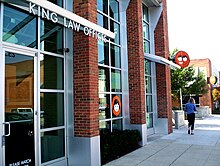
Much of the area in present-day south downtown along I-70 was at one point considered part of German Village, including the Market Exchange District, which has experienced a revival alongside German Village. [19]
German Village is bound by Pearl Street on the west; East Livingston Avenue on the north; Lathrop Street, Brust Street, Grant Avenue, Jaeger Street, and Blackberry Alley on the east; and Nursery Lane on the south. [20]
Parks and landmarks[edit]
Schiller Park, named after Johann Christoph Friedrich von Schiller (1759-1805), was once a community meeting ground for German immigrants. It is now the site of recreational facilities, gardens, and an amphitheater that hosts free live performances of Shakespearean plays during the summer months courtesy of Actors' Theatre of Columbus.[21] It is bounded by Jaeger Street and City Park, Reinhard, and Deshler Avenues. It has been the area's center for festivals and neighborhood activities since the 1800s.
The 23-acre park's main entrance, along City Park Avenue, greets visitors with the Huntington Gardens, sponsored by Huntington National Bank and maintained by volunteers, and the Schiller statue. The statue was presented to the park by local residents in 1891. It is a second casting of the statue in Munich, Germany, designed and executed by Max von Widnmann and unveiled on May 9, 1863. The Columbus statue was transported free of charge across the Atlantic. The park is also home to Umbrella Girl, dedicated to the citizens of German Village in October 1996 to replace the missing original sculpture.
The neighborhood's Stewart Alternative Elementary School, was built in 1874. It is one of the oldest remaining school buildings in Columbus, built at the same time as the First and Second Avenue Schools, also still extant.[22]
|
|
|
|
|
¿Por qué Hitler buscó el Santo Grial en el Monasterio de Montserrat?
- En octubre de 1940, el jefe de las SS, Heinrich Himmler, visitó el monasterio de Montserrat para encontrar el Santo Grial
- Siguiendo las investigaciones del escritor Otto Rahn, Adolf Hitler quiso buscar el poder eterno en esta mística reliquia
- En RTVE Play puedes ver el Documaster 'Onyx, los reyes del Grial' sobre la investigación que dio lugar al hallazgo en León de la supuesta copa de la última cena Cristo
13/04/2022 | 21:00 horas
PorMarina Sánchez Alcolea
Recreación del Santo Grial
2 min.
La tarde del 23 de octubre de 1940 los frailes del monasterio de Montserrat recibieron una visita inesperada. El religioso Diego Ripol tuvo que atender al jefe supremo de las SS de la Alemania nazi, Heinrich Himmler. Por encargo de Adolf Hitler, el reichsführer iba buscando el Santo Grial, la fuente de la vida.
Recreación de la visita de Heinrich Himmler al monasterio de Montserrat RTVE
“Los nazis estaban muy preocupados por la búsqueda de objetos que habían tenido en las leyendas medievales o modernas una gran trascendencia como elementos de poder”, apunta José Luis Corral, profesor de historia medieval de la Universidad de Zaragoza. Según estas leyendas, el Santo Grial concedía la vida eterna y, por tanto, un poder prácticamente absoluto. Esto era lo que buscaba el Tercer Reich. Encontrar el cáliz de la última cena de Cristo marcaría un giro en los acontecimientos de la Segunda Guerra Mundial.
Era tal la obsesión de Hitler por recuperar reliquias perdidas que creó la Ahnenerbe, una organización que formaba parte de las SS y estaba liderada por Himmler. Los arqueólogos y antropólogos que trabajaban al servicio del ocultismo nazi viajaban por el mundo en busca de misteriosos tesoros como la lanza del destino con la que supuestamente el soldado romano Longinos hirió a Cristo en el costado o la piedra de Scone sobre la que se coronaban los reyes ingleses. “Fueron poniendo en marcha toda una serie de arqueólogos dentro de un grupo de investigación para buscar estos elementos maravillosos”, añade Corral.
Wagner, Otto Rahn y el Virolai de Montserrat
Pero, ¿por qué los nazis creyeron que el cáliz de Cristo estaba en Monserrat Otto Rahn, un alemán que estudió fervorosamente la mitología medieval y el esoterismo religioso, inspiró a Adolf Hitler a buscar el poder eterno de las reliquias perdidas. En su libro ‘La Corte de Lucifer’, escrito en 1938, Rahn afirma que la ópera de Richard Wagner ‘Parsifal revela que el monte Montsegur, cerca de los Pirineos, es el lugar donde se guarda el Santo Grial.
La interpretación de Montsegur como Montserrat sumado al hecho de que en el himno del monasterio ‘El Virolai’ se cantan las palabras “la mística fuente del agua de la vida” indicaban que allí se encontraba la copa con la que Cristo bebió en la última cena. Pero, por desgracia de los nazis, lo más antiguo que tenían en Montserrat databa del siglo XII: la Moreneta.
El cáliz de Doña Urraca RTVE
No fue en ese monasterio sino en la basílica de San Isidoro de León donde, 70 años después, una investigación determinó que el cáliz Doña Urraca, la primogénita del rey Fernando I de León, podría ser el Santo Grial. Si quieres conocer los detalles de este estudio llevado a cabo a partir del hallazgo fortuito de unos documentos inéditos en Egipto, puedes ver el Documaster ‘Onyx, los reyes del Grial’ en RTVE Play.
https://www.rtve.es/television/20220413/por-hitler-busco-santo-grial-montserrat/2331080.shtml |
|
|
 Primeira Primeira
 Anterior
57 a 71 de 71
Seguinte Anterior
57 a 71 de 71
Seguinte
 Última
Última

|
|
| |
|
|
©2025 - Gabitos - Todos os direitos reservados | |
|
|
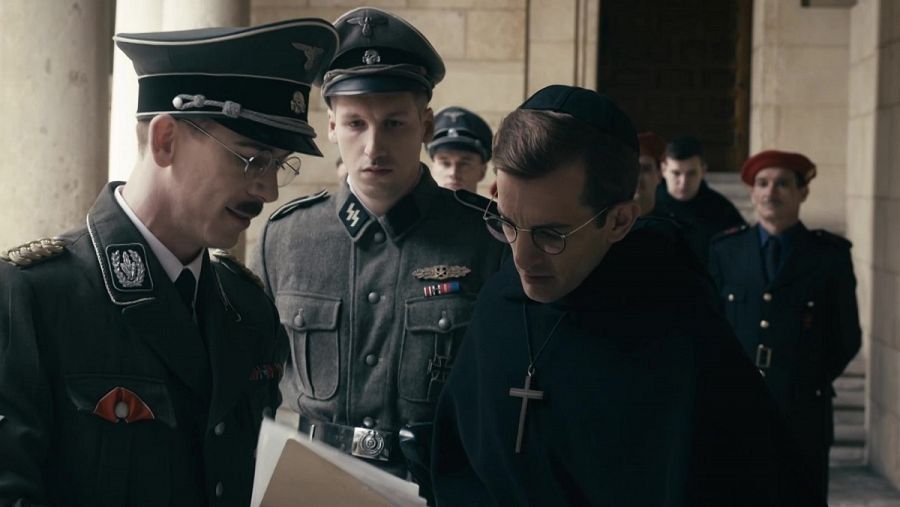







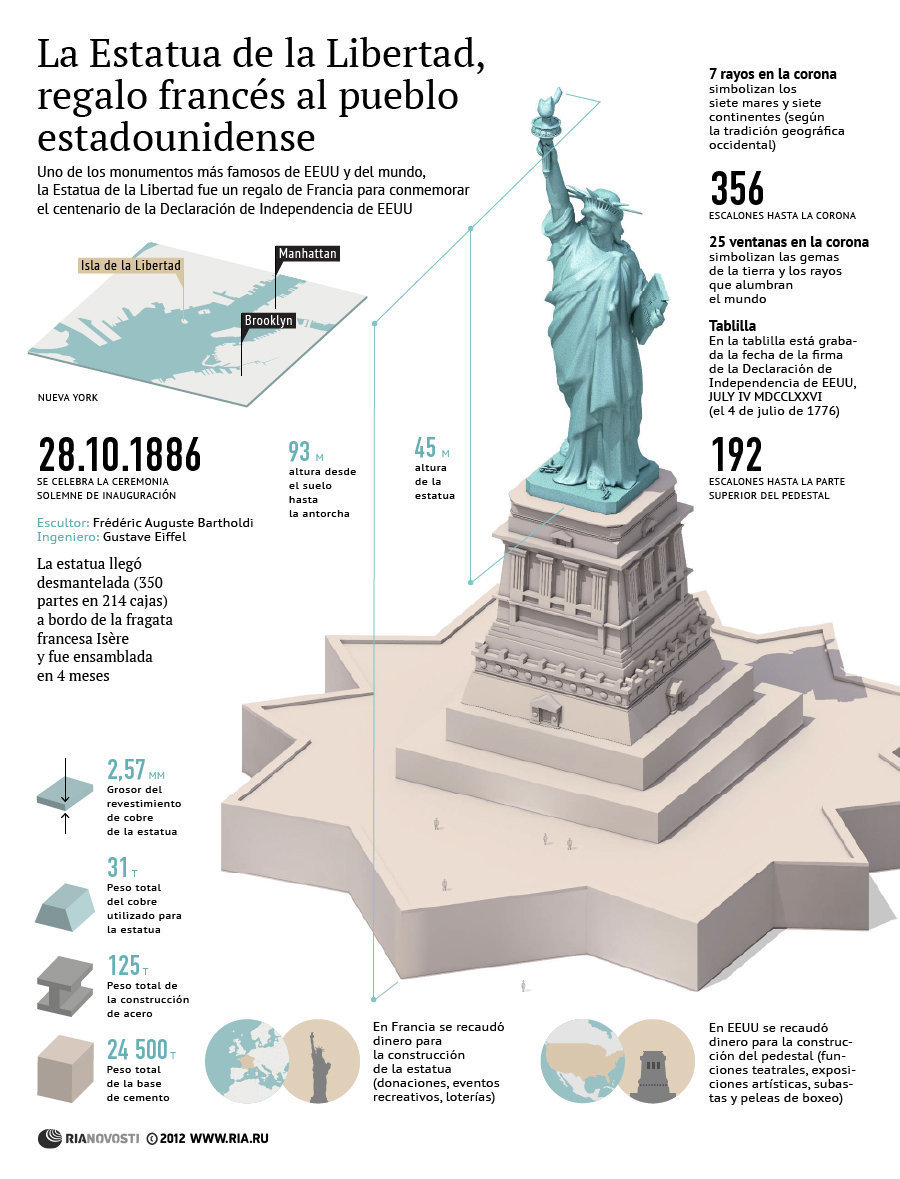
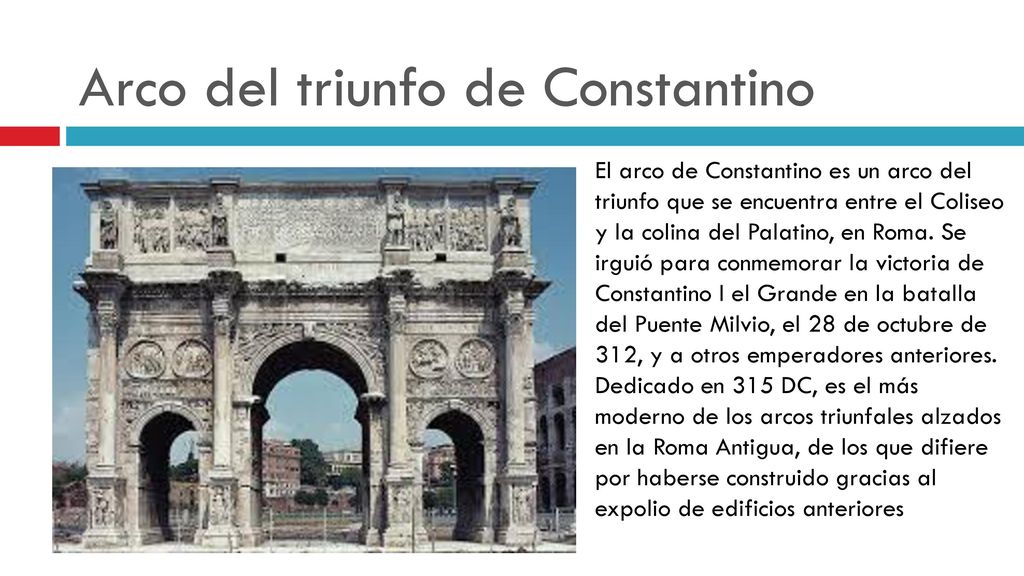
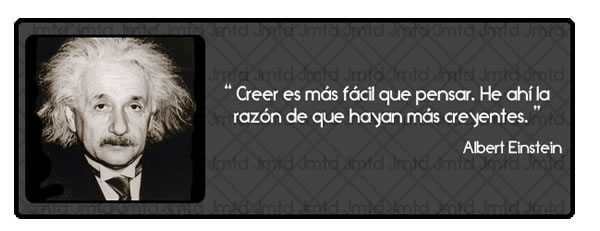


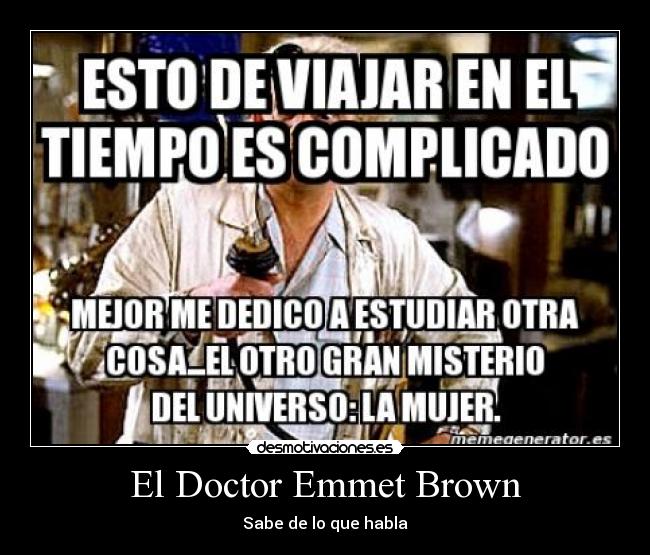


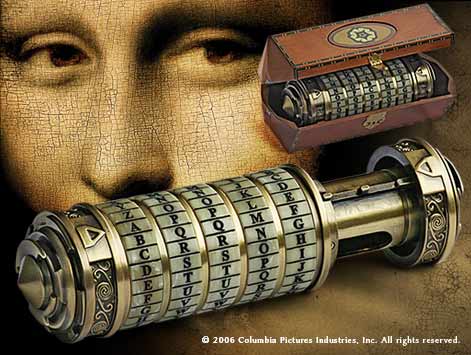

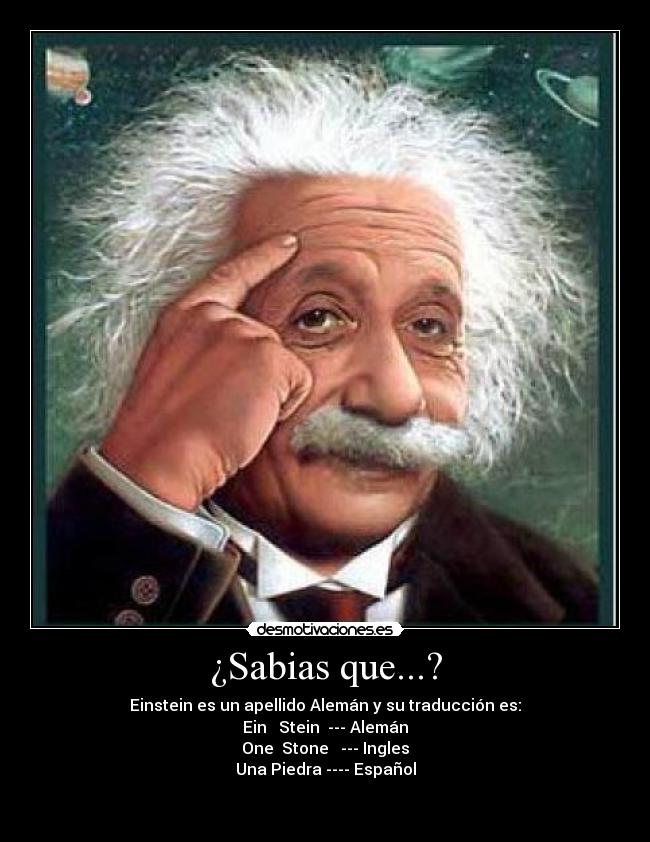

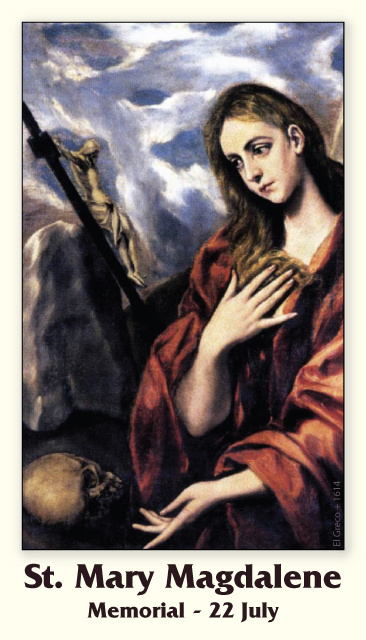
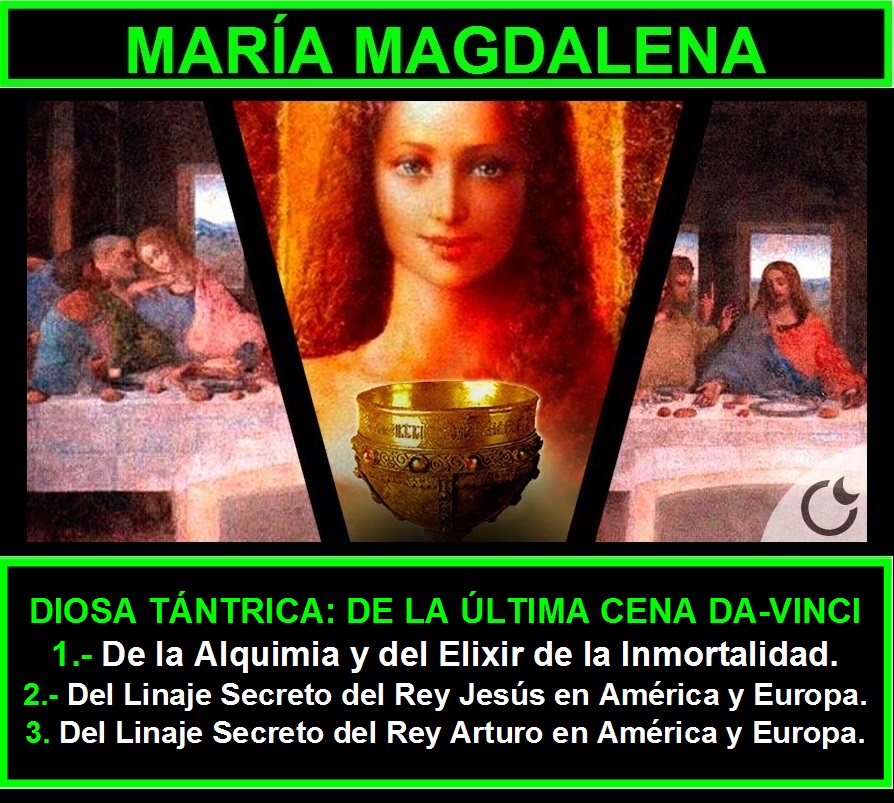





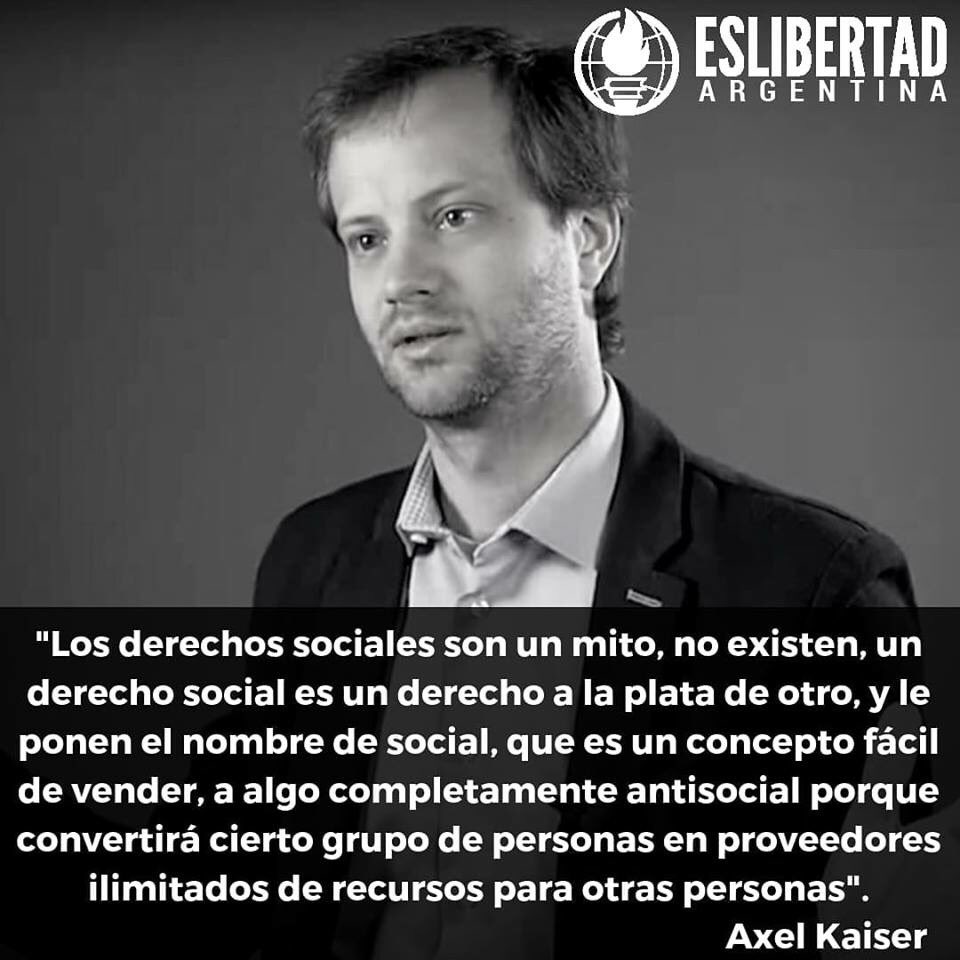
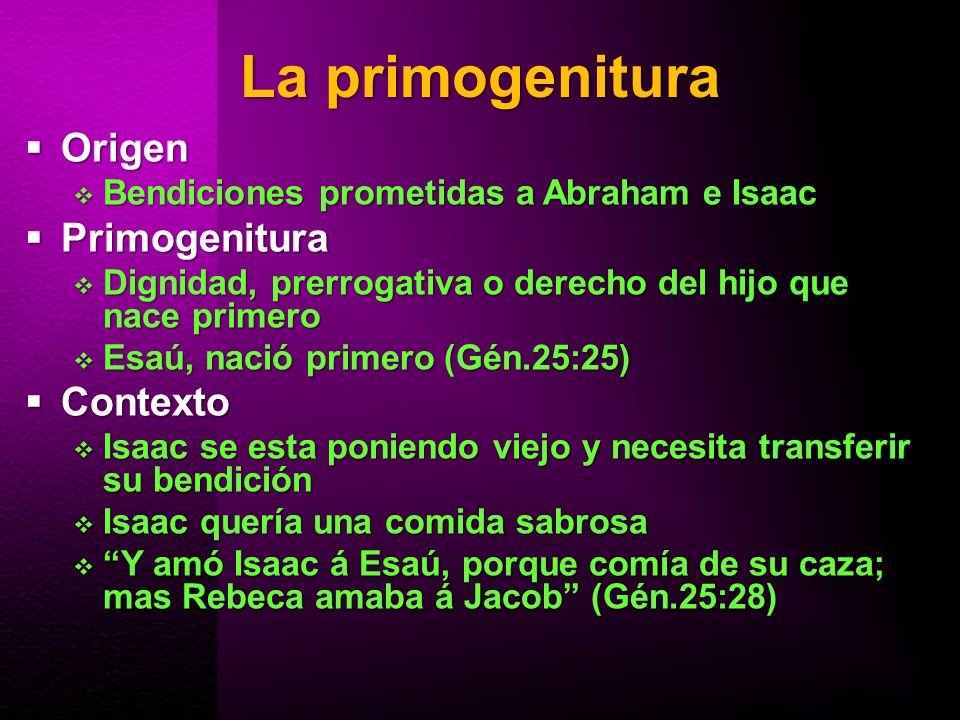
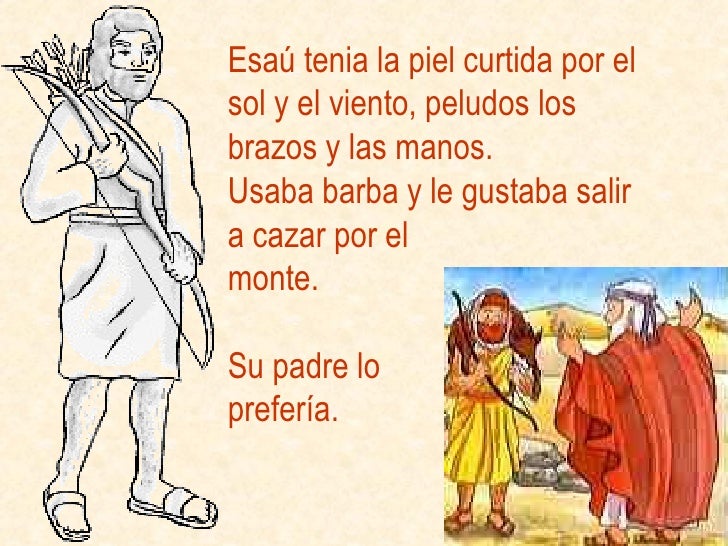
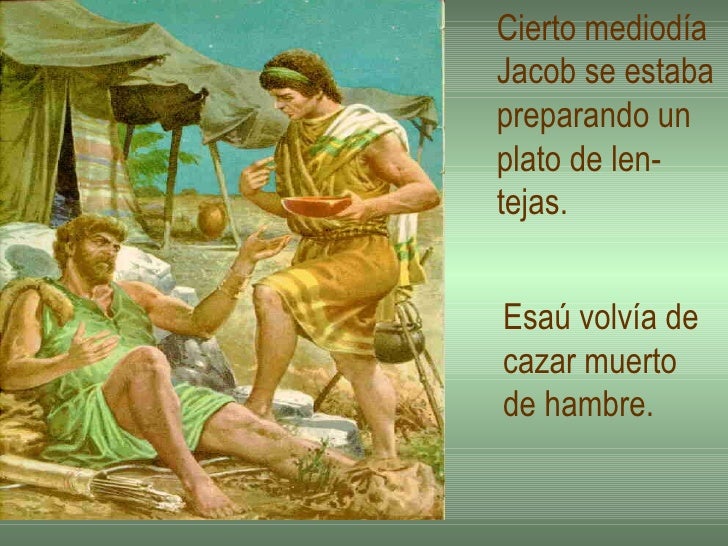


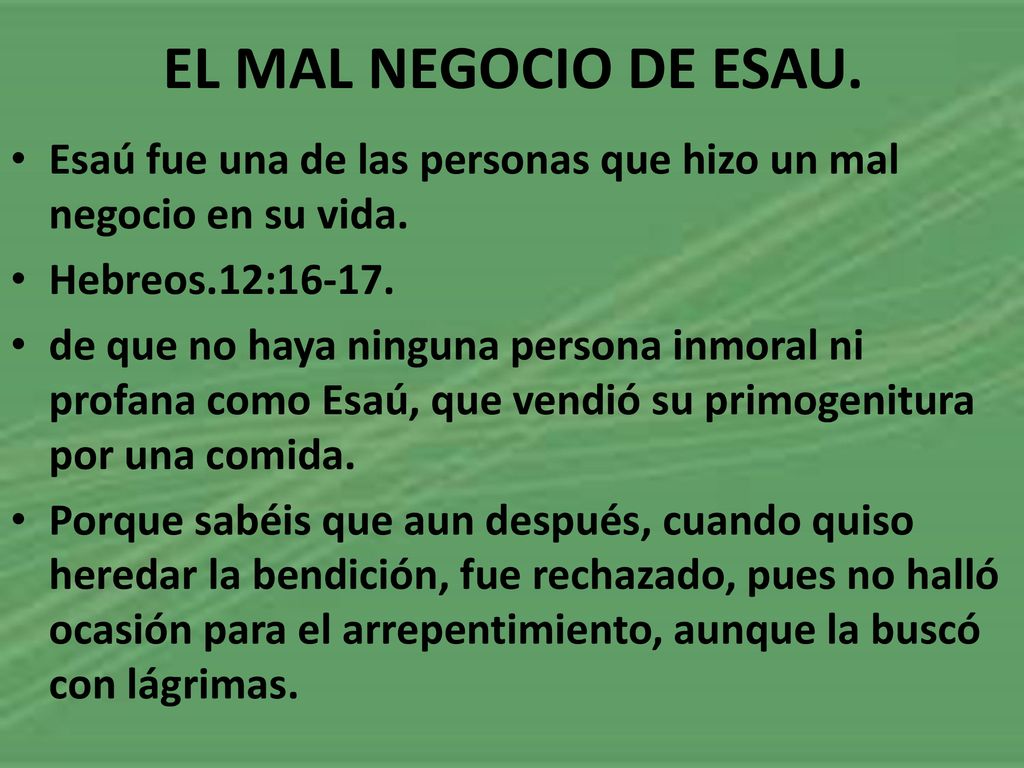
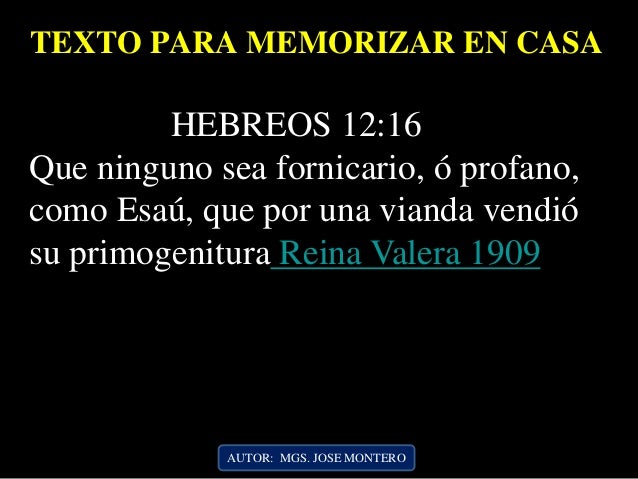






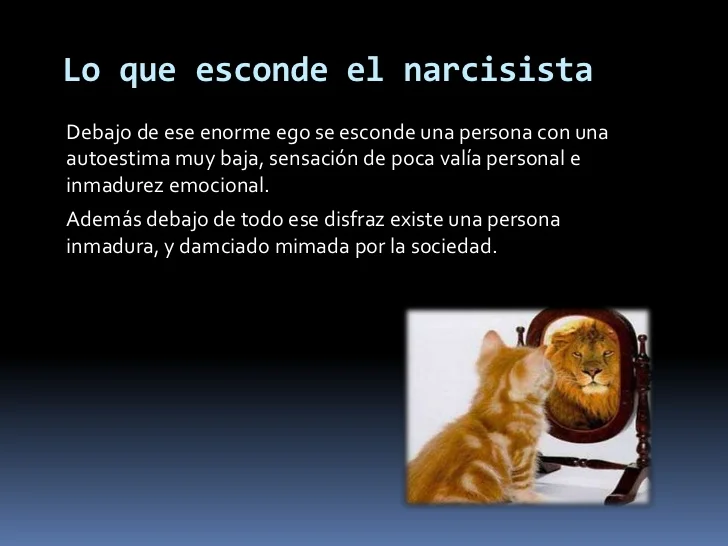







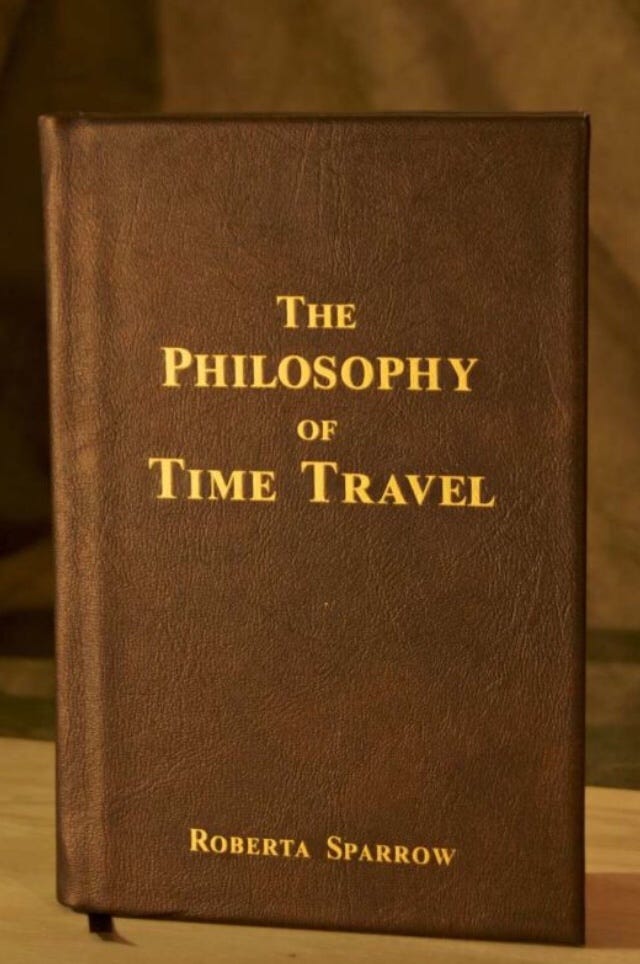



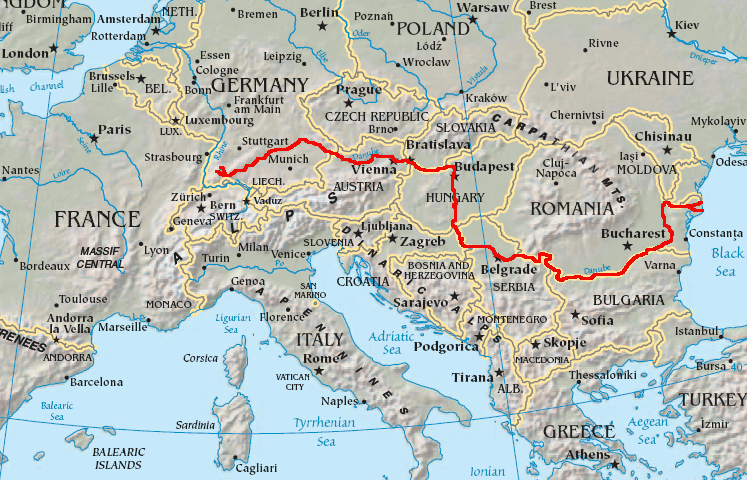
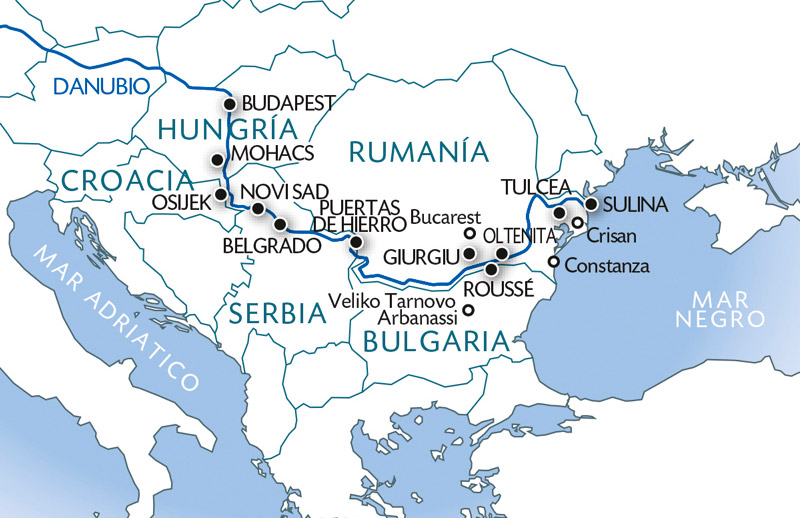

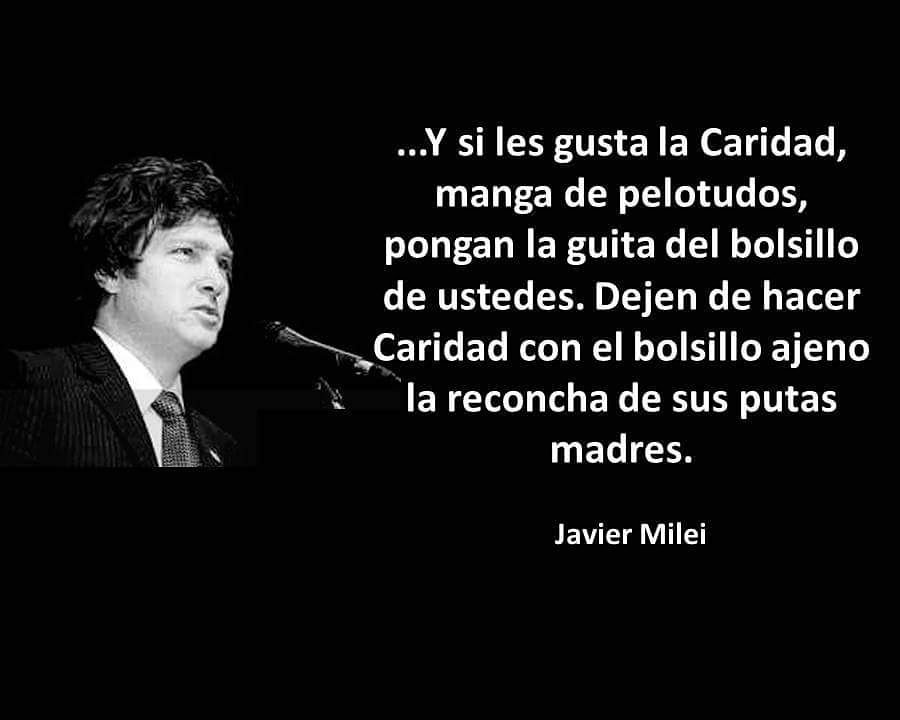




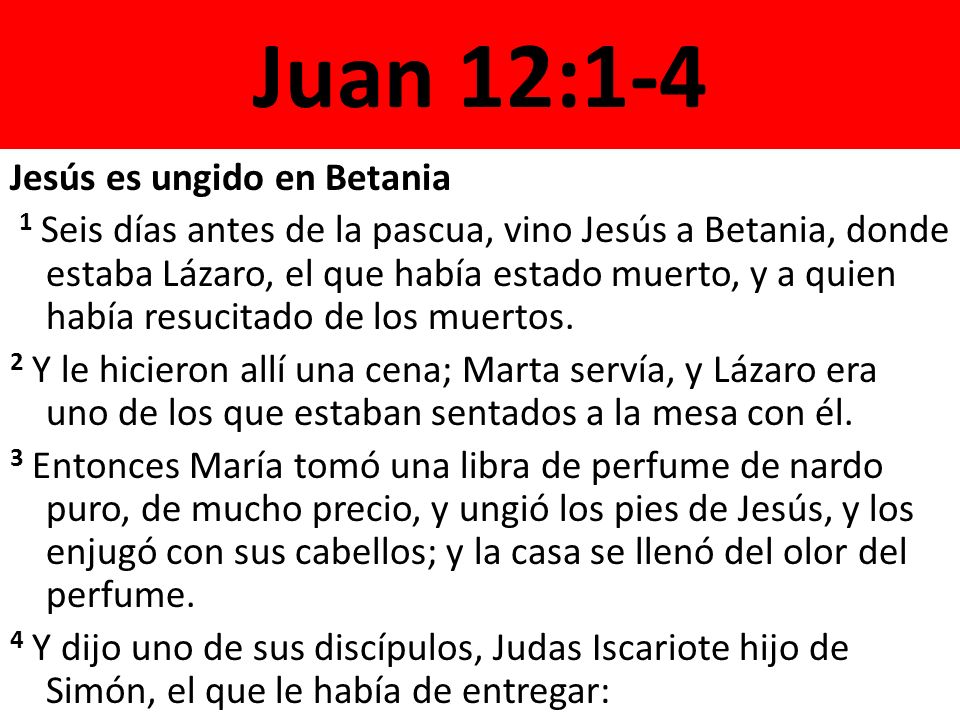


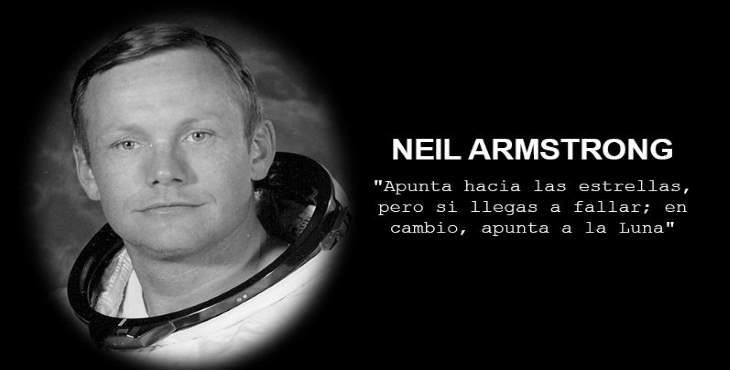
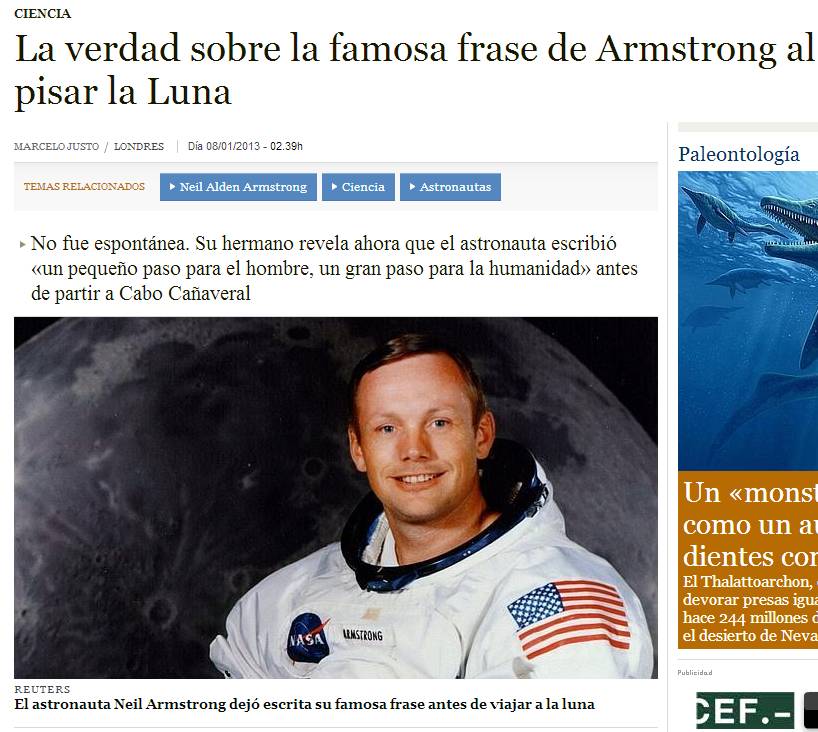
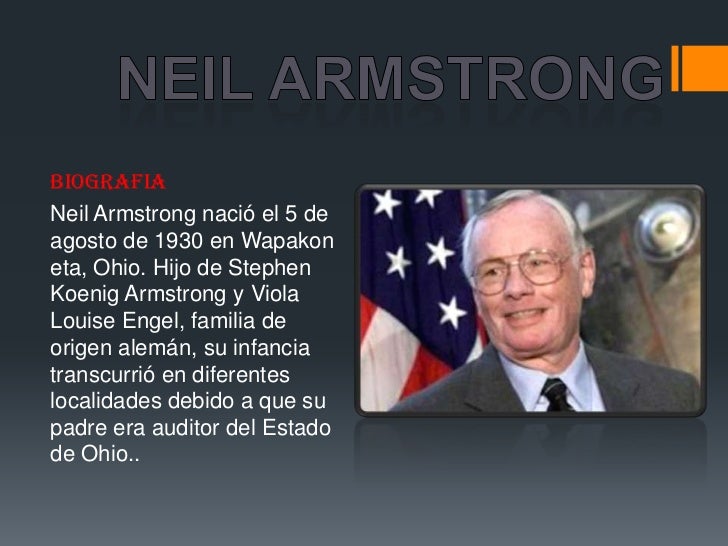





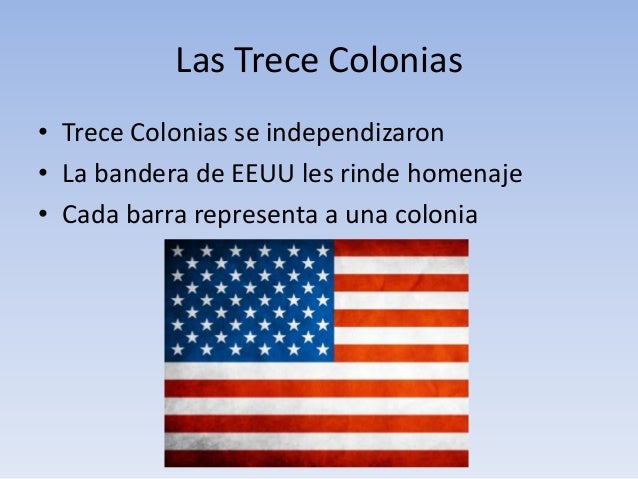





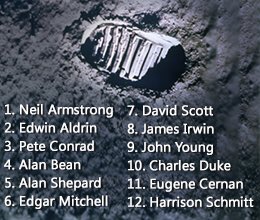


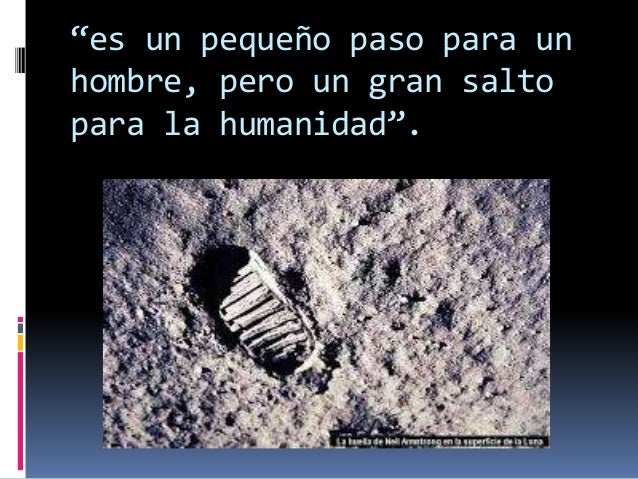



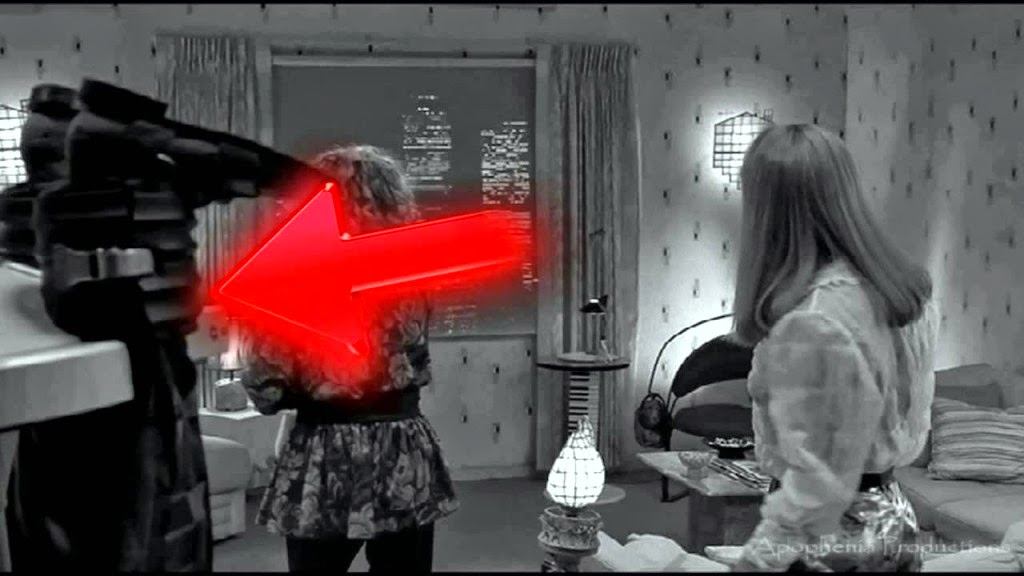

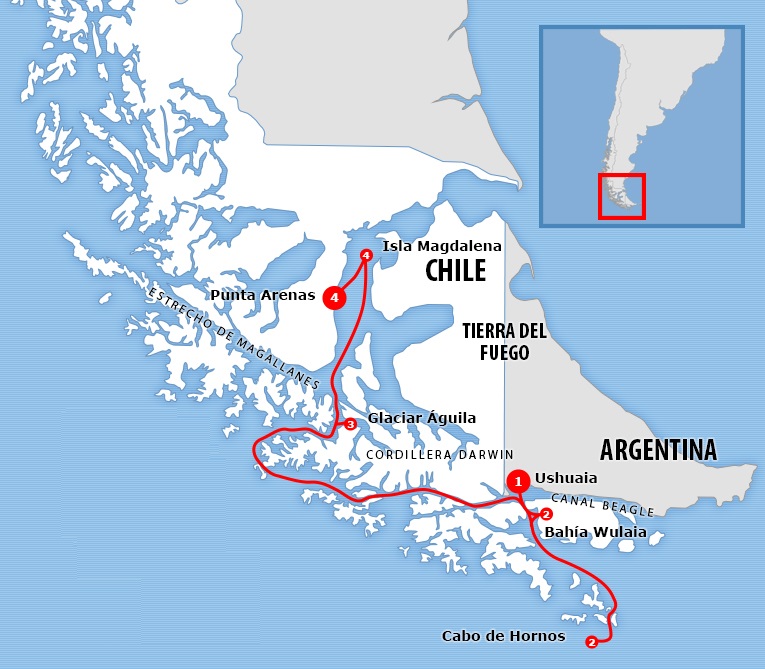



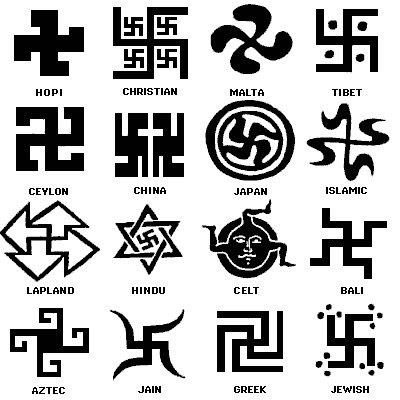.jpg)
